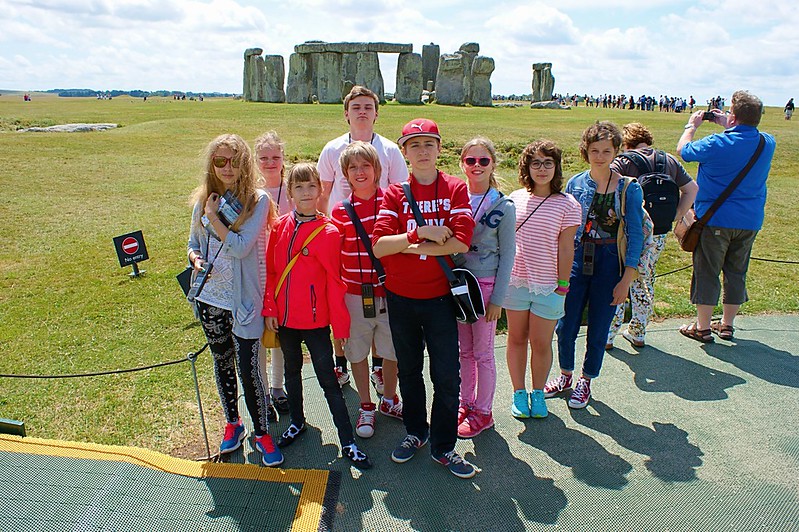Stonehenge
Explore one of Britain's oldest mysteries, located in the heart of Wiltshire, close to Salisbury and Bath.
It is one of the most recognizable landmarks in Britain, but no one really knows how it came about. North of Salisbury, the circle of stones in the field along the busy main road may not seem like much. But these stones have been there for at least 3,500 years, and are only part of their tourist attraction. The mystery is probably the reason why thousands of people visit it every year. As the years passed, the stones disappeared and the landscape itself changed, so people had to make some assumptions about what Stonehenge was used for. Two stones are named for their purpose - the altar and, somewhat ominously, the sacrifice - but the meaning of the rest is not so clear. Some even have small swords and axes, but again, it is not known why.

Walk around the stones. Audio guides are available for those interested in the full history of Stonehenge. Take the opportunity to take in 360-degree views at the visitor center to get an idea of what Stonehenge is like during the seasons. This is also a chance to see the winter and summer solstices, although you can really experience it.
Celebrating the solstice is the only time when you can get closer to the stones, and not just walk around them. At this time, thousands of people are present here to see the sunrise on the longest day of the year in summer and the shortest day in winter. Naturally, it is the summer solstice that attracts most people who watch the sunrise behind the stone, the ancient entrance to the stone circle.
You will also see how modern pagans and druids perform rituals and festivals, when the first rays of light hit the center of Stonehenge and the sunrise itself is beautiful to watch. There is also the Stonehenge Exhibition, which houses over 250 archaeological artifacts, as well as the opportunity to get inside copies of Neolithic houses that will give you an idea of how people lived 4,000 years ago when Stonehenge was built. This is an opportunity to see the crafts of the time, such as crushing silicon, making rope from reeds and grinding grain with a core.

If you want to explore the ancient landscape, you can do so. The World Heritage Site of Stonehenge, Avebury and the surrounding archaeological sites are home to another set of rocks - Avebury Huts - and you can explore the area on foot or book a direct shuttle. So if you can visit one of the UK's oldest archaeological sites, see if you can piece together some of the mysteries.
